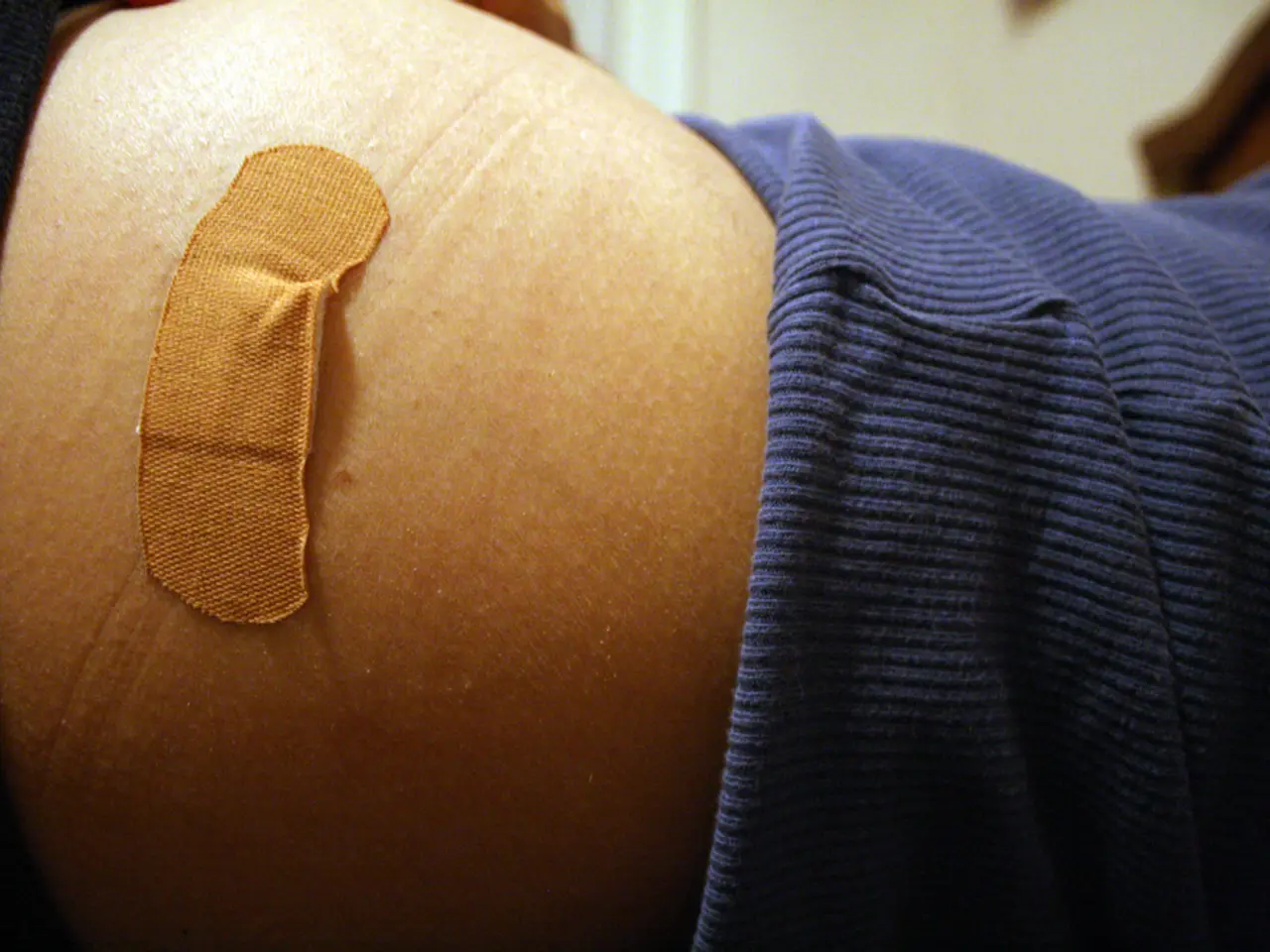Enhanced Medical Apparatus Boosts Healing Speeds by Nearly One-Third
Revolutionary Ultrasound Device Accelerates Wound Healing
A new medical device developed by UK scientists could revolutionise the treatment of chronic wounds, potentially saving the National Health Service (NHS) up to £3.1 billion annually. The portable, non-invasive device uses low-frequency ultrasound waves to stimulate cellular activity, enhancing tissue regeneration and promoting faster healing of chronic or non-healing wounds.
Diabetic foot ulcers affect more than 25% of people with diabetes during their lifetime, and traditional treatments often fail for these chronic wounds, leading to prolonged suffering. The device aims to reignite the stalled cellular response in chronic wounds, reducing healing times.
The technology works by inducing mechanical stimulation at the cellular level. This stimulation can increase fibroblast activity (cells vital for collagen production), promote angiogenesis (new blood vessel formation), and enhance the inflammatory and proliferative phases of wound healing. Additionally, the ultrasonic energy can disrupt bacterial biofilms that inhibit healing, thereby reducing infection risk.
In lab tests, wounds exposed to the ultrasound healed significantly faster. The device reawakens the natural abilities of skin cells using focused ultrasound and nano-vibrations. Because ultrasound technology is already in use, the development timeline could be shorter than that of a new pharmaceutical.
The device is non-invasive and drug-free, potentially sidestepping safety issues associated with topical or systemic treatments. The team is currently focusing on fine-tuning the ultrasound frequency and duration for maximum effectiveness. More extensive human trials, device optimization, and regulatory approval by agencies like the US FDA and UK's MHRA are necessary steps.
If the device proves effective, it could become accessible at home for treating minor wounds. Fewer surgeries, less antibiotic use, shorter hospital stays, and better quality of life could result from the device's success. The technology could be particularly beneficial for diabetics and older adults who struggle with chronic wounds.
The treatment doesn't carry the risk of side effects associated with drug treatments because it jumpstarts the body's own repair system. The device could revolutionise regenerative medicine by using sound to remind the body how to heal effectively. If successful, this innovation could significantly improve the lives of millions of people worldwide.
- The development of this new technology could revolutionize not only the treatment of chronic wounds but also other areas of health-and-wellness, potentially benefiting numerous medical-conditions such as diabetes.
- This non-invasive device, utilizing advanced technologies like science and ultrasound, has the potential to revolutionize skin-care by offering therapies-and-treatments that promote faster healing and wound regeneration.
- By focusing on enhancing cellular activity through stimulation, the device could open up new avenues in medical-conditions treatment, promoting health and wellness not only for wounds but also in other scientific and health-related fields.




